Today we visited four gardens in the Sefton Park area as part of the National Garden Scheme, but since none of them opened until noon, we visited Toxteth Park Cemetery first and wandered about in the warm sunshine. The only trees of note were a row of about eight mature Weeping Ashes, more than we’ve ever seen together before. There wasn’t much wildlife about – we were close to the city centre in a very built-up area after all – but we noted a Grey Squirrel, Starlings, Wood Pigeons, a Carrion Crow, Swallows overhead, Blackbirds and a small flock of Goldfinches.
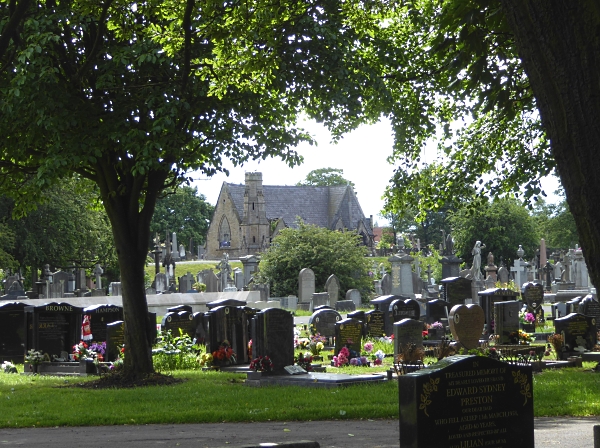
Our first garden was the “Community Orchard and Wildlife Garden” on Arundel Avenue. It’s the old Quaker Burial Ground, and the historic gravestones of the Society of Friends are still in situ, but it is now a garden, orchard and nature sanctuary run as a community project since February 2013. Most of the plants were cultivated varieties like Lavender, Cranesbill, and Himalayan Poppy, but they were alive with Bumble Bees. Many were Tree Bees, but we also spotted a Red-tailed and perhaps some Buff-tailed.
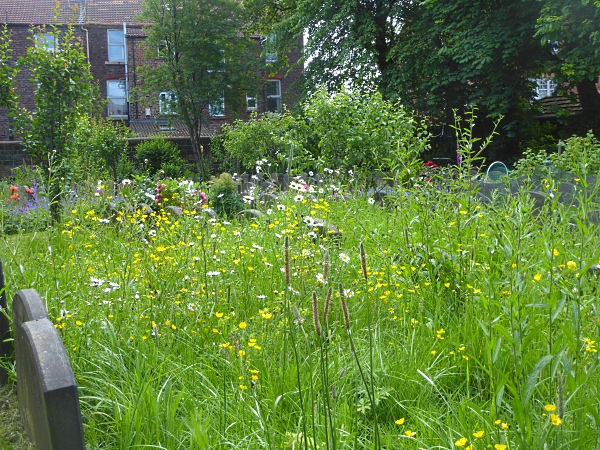
Number 17 Sydenham Avenue was a small private garden, open for the first time this year. There was a wonderful Black Elder growing against the shed, and the white flowers of the plant known as Hattie’s Pincushion or Masterwort (Astrantia) were hugely attractive to insects of all kinds.
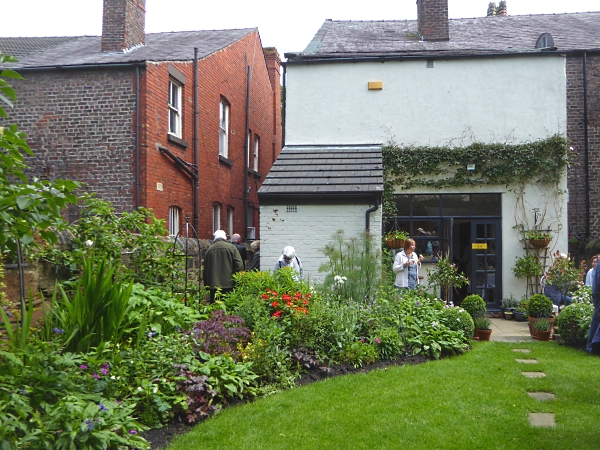
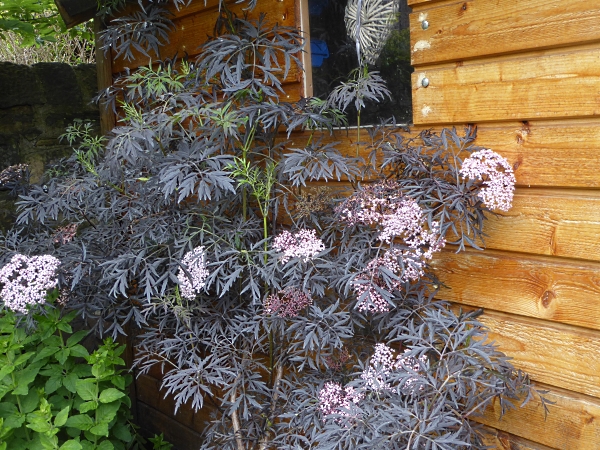
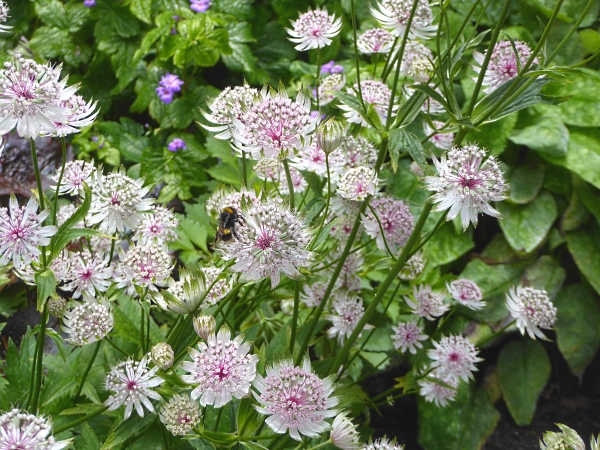
Fern Grove Community Garden is on a former derelict site, where the local residents grow fruit and vegetables in raised beds, and keep bees. They were selling their own Toxteth Honey, which was delicious.
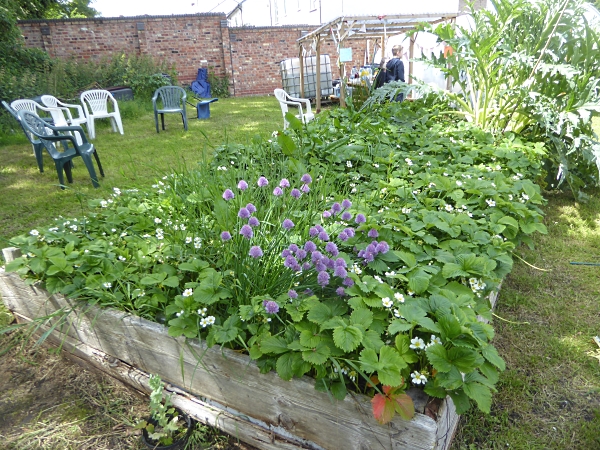
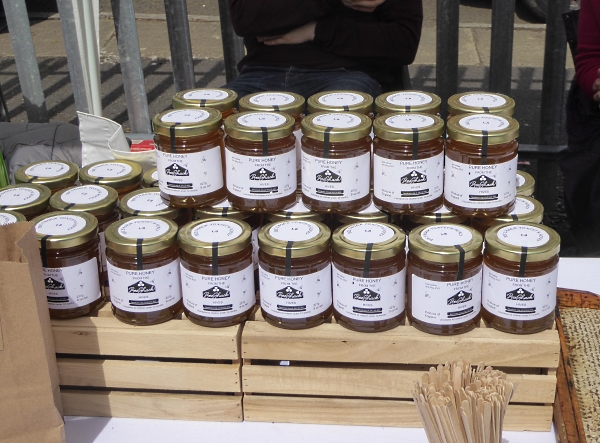
Finally, we arrived just in time for the 3pm tour at “That Bloomin’ Green Triangle”. The project was started several years ago by the residents of Ducie Street, Jermyn Street, Cairns Street and Beaconsfield Street, in opposition to the council, who were boarding up empty houses and painting them black! The local people saved their strong community by re-painting the boards in bright colours and guerrilla gardening eye-catching flowers and vegetables on every scrap of available soil. They planted a Wild Flower Meadow on ⅓ acre of derelict land in Ducie Street, which now boasts 40 species of wild plant, and at least one Common Blue butterfly.
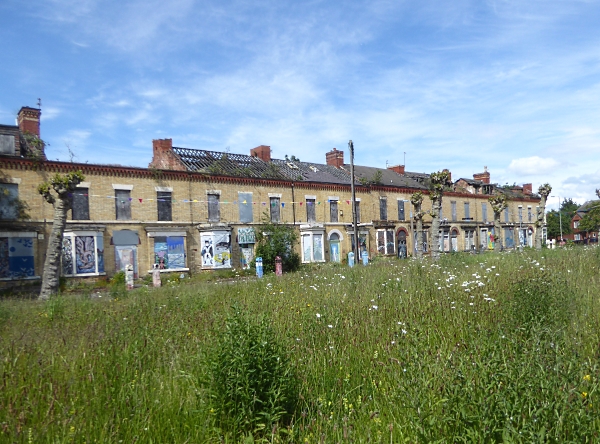
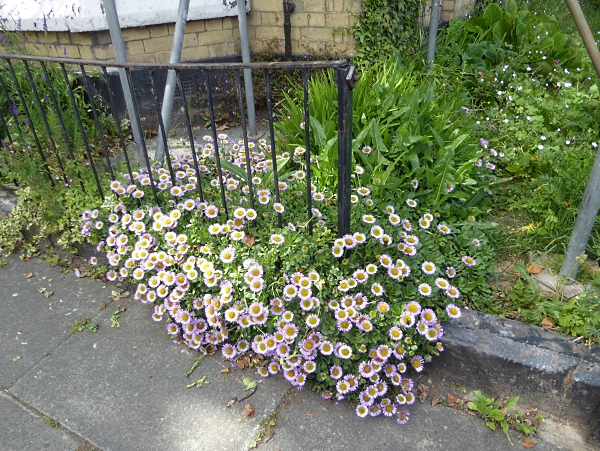
Two houses on Cairns Street were beyond saving, so they were knocked together and turned into a community space which the residents call their “Winter Garden”. The roof has been replaced by skylights and the area is planted up with Star Jasmine, Trumpet Vine, a Tree Fern and an Antarctic Beech tree which is reaching up to the light.
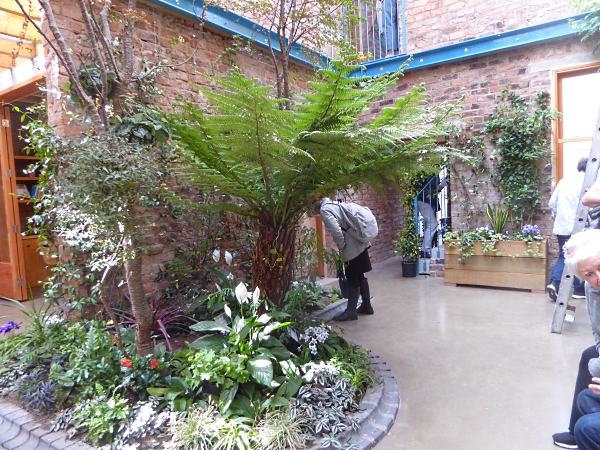
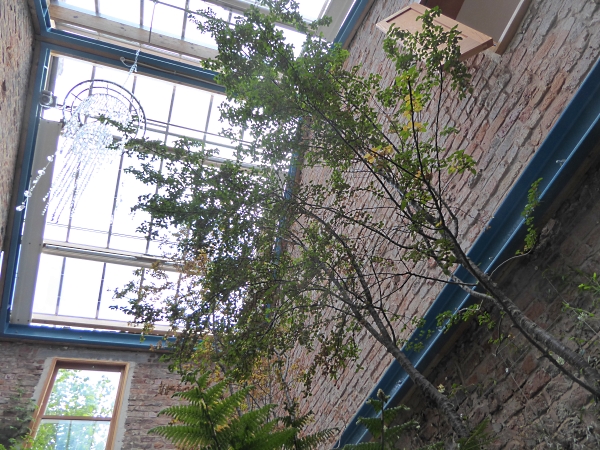
Further treats were in store as we were led into the alley between Cairns Street and Beaconsfield Street, where the residents have an amazing hidden “Alley Palley”. There are tubs of plants all along, including one tub of flowering Potato plants! One resident, Elizabeth, had a wonderful densely-planted backyard garden which we were allowed to cram into. Architecture group Assemble won the Turner Prize in 2015 for their work with these four streets.
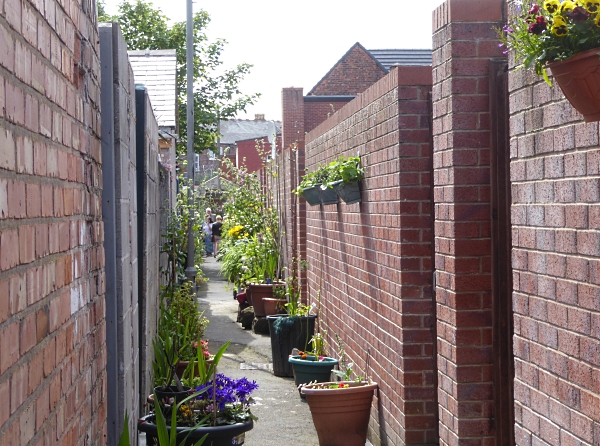
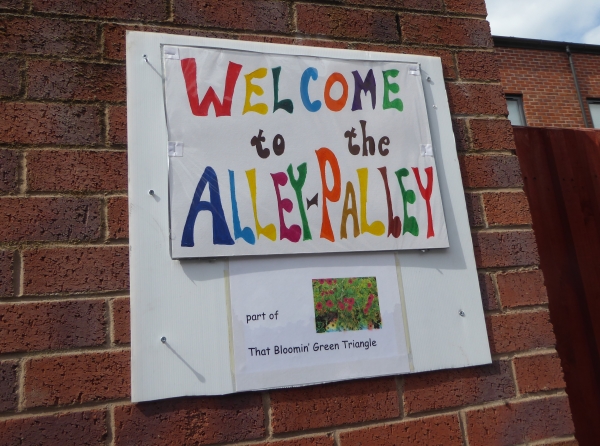
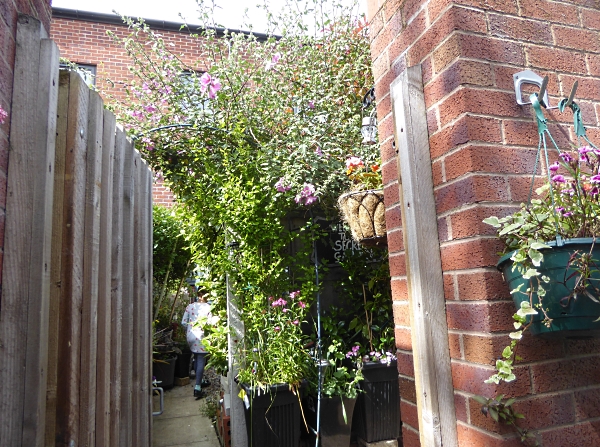
Public transport details: Bus 86A from Elliot Street at 10.12, arriving Smithdown Road / Salisbury Road at 10.30. Returned from Princes Road / North Hill Street on the 26 bus as 4.10, arriving Liverpool ONE at 4.20.
